
Shinkyo Bridge Nikko
An iconic vermilion bridge in Nikko, Japan, renowned for its beauty, especially during autumn foliage. A UNESCO World Heritage site.
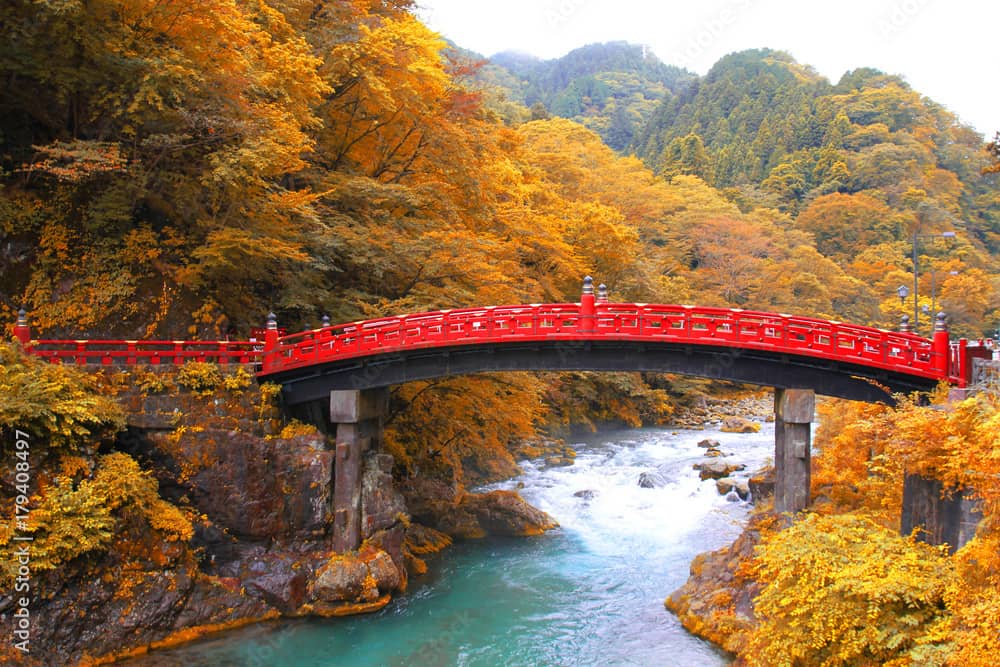
Highlights
Must-see attractions
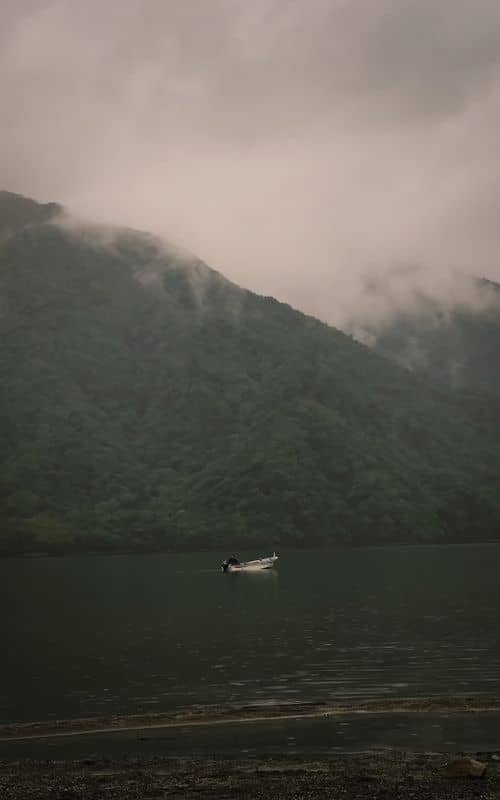
Social
From TikTok & Reddit
Best Time
Vibrant fall colors, fewer crowds

Shinkyo Bridge Nikko
Best Time
Vibrant fall colors, fewer crowds

Highlights
Must-see attractions
An iconic vermilion bridge in Nikko, Japan, renowned for its beauty, especially during autumn foliage. A UNESCO World Heritage site.
"A beautiful photo opportunity to be had. You need to pay a small fee if you are wanting to walk on the bridge."
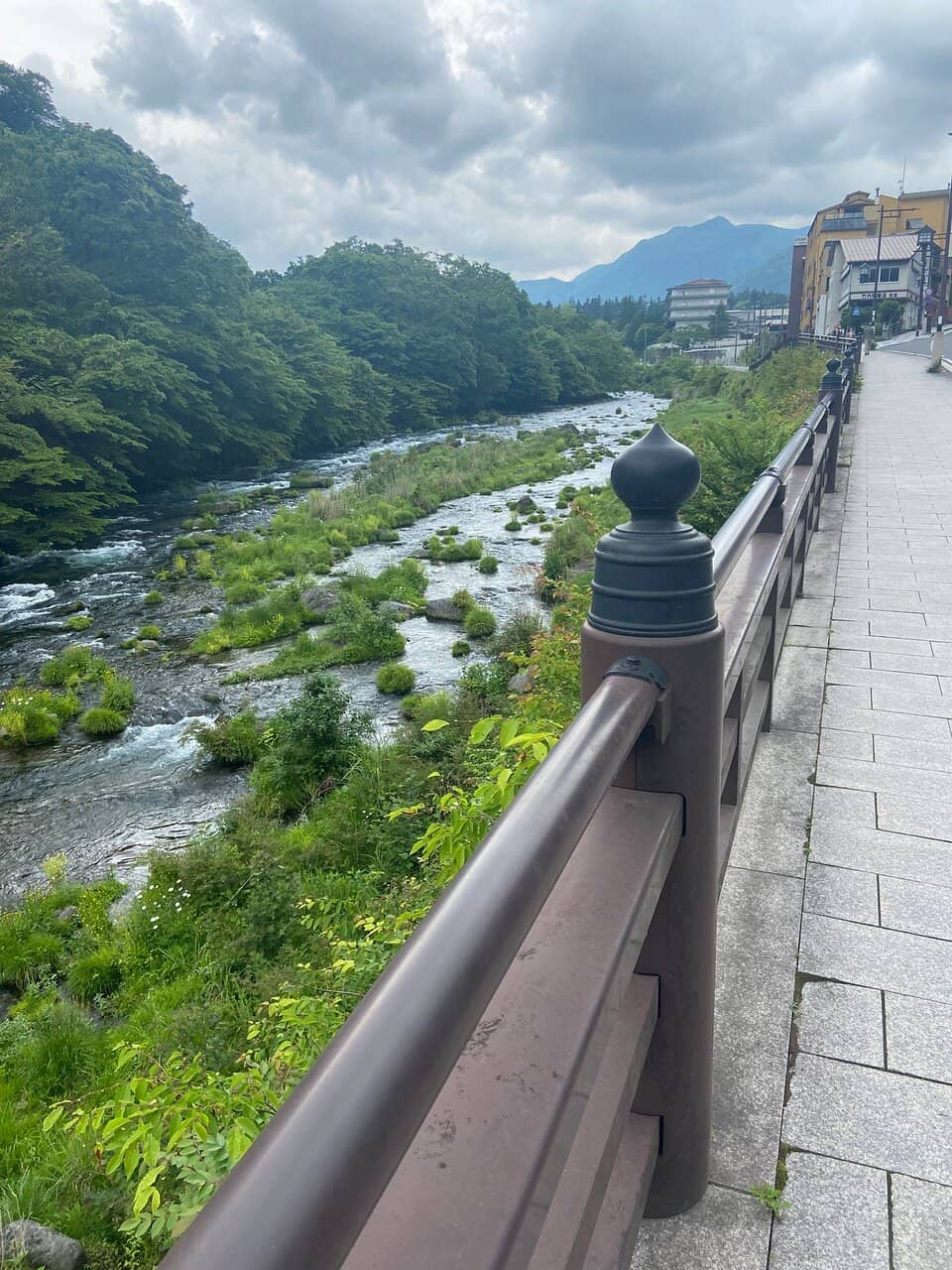
📸 Admire from afar
Save money by enjoying the bridge's beauty from the free adjacent bridge. Great views!
🚗 Day trip from Tokyo
Nikko is a popular day trip from Tokyo, about 2 hours by train.
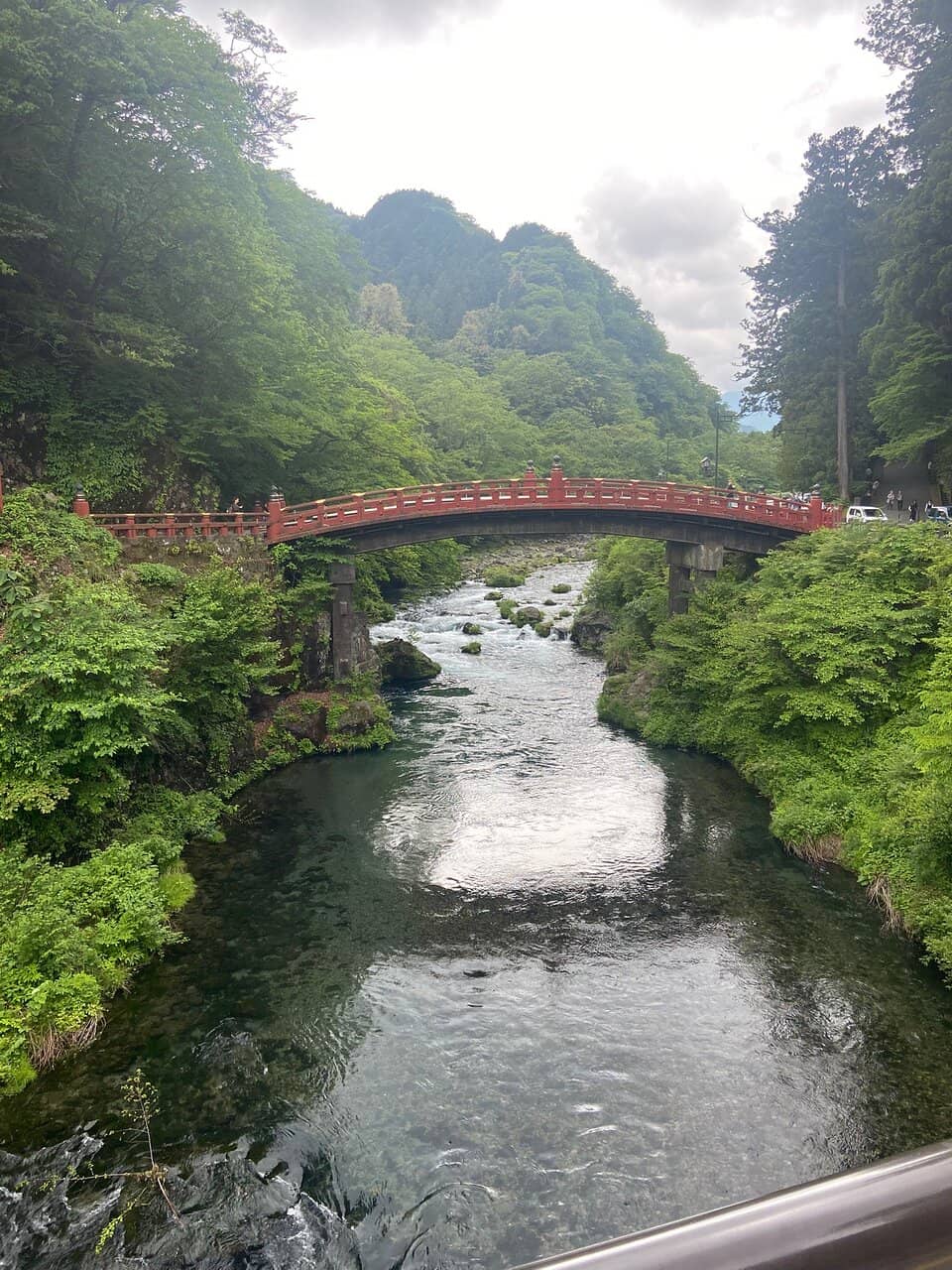
Highlights
Discover the most iconic attractions and experiences

Shinkyo Bridge
Nikko, Tochigi Prefecture
Iconic vermilion bridge, a UNESCO World Heritage site, framed by lush forests. Stunning in autumn!
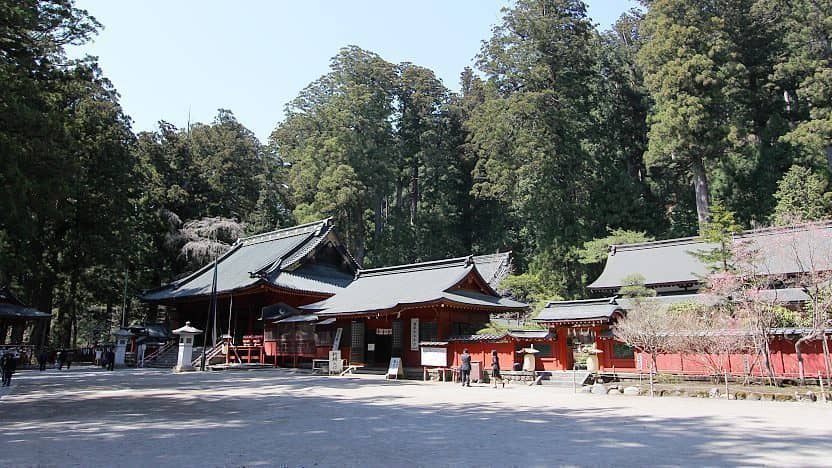
Futarasan Shrine
Adjacent to Shinkyo Bridge
One of Nikko's most important shrines, dedicated to the deity of Mt. Nantai. Peaceful and spiritual.
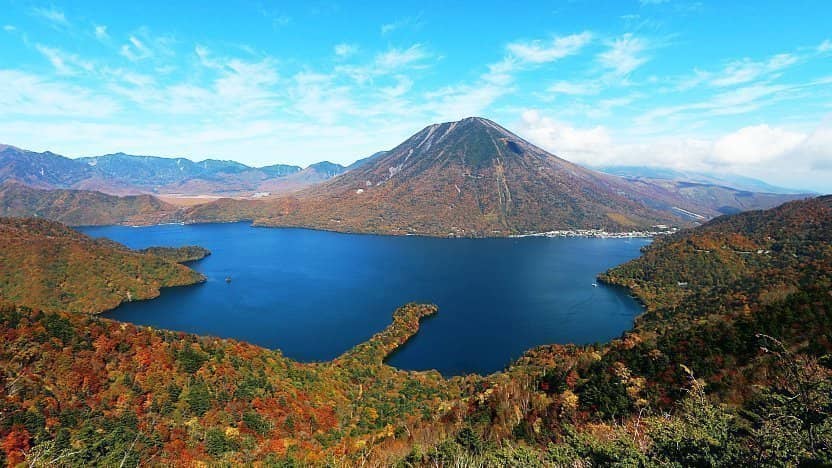
Lake Chuzenji
Higher elevation from Shinkyo Bridge
Serene mountain lake offering breathtaking views, especially during fall. A popular day trip destination.
Plans like a pro.
Thinks like you
Planning Your Visit
Bridge Access & Fees
Best Photo Spots
Best Times
Insider Tips
from TikTok, Instagram & Reddit
📸 Admire from afar
Save money by enjoying the bridge's beauty from the free adjacent bridge. Great views!
🚗 Day trip from Tokyo
Nikko is a popular day trip from Tokyo, about 2 hours by train.
🍂 Fall foliage magic
The bridge and surrounding forests are spectacular during autumn.
🚶♀️ Explore nearby shrines
Don't miss Futarasan Shrine, right next to the bridge for a cultural immersion.
Tips
from all over the internet
📸 Admire from afar
Save money by enjoying the bridge's beauty from the free adjacent bridge. Great views!
🚗 Day trip from Tokyo
Nikko is a popular day trip from Tokyo, about 2 hours by train.
🍂 Fall foliage magic
The bridge and surrounding forests are spectacular during autumn.
🚶♀️ Explore nearby shrines
Don't miss Futarasan Shrine, right next to the bridge for a cultural immersion.
♿️ Accessibility considerations
Paths can be uneven; well-maintained areas are available, but check specific routes for mobility needs.
What Travellers Say
Reviews Summary
Visitors find the Shinkyo Bridge visually stunning, especially during autumn, and a great photo opportunity. While many appreciate its historical significance, some find the fee to walk across it unnecessary, preferring the views from the free adjacent bridge. The surrounding natural beauty and cultural sites are consistently praised.
"Very pretty but I have to say, I was a bit annoyed there was a fee to cross the actual bridge.
I understand the need to maintain a historical site and maybe I am not understanding the cultural background of the bridge.
However you have a normal bridge to cross next to it and it allows you a very nice view.
Would still recommend."
Diane Dufour (Tagadiane)
"This bridge has been preserved very well. A beautiful photo opportunity to be had. You need to pay a small fee if you are wanting to walk on the bridge. In good sun light this makes for a great photo opportunity."
Damien Smith
"This famous bridge in Nikko creates stunning photo opportunities and is quite impressive to see. However, if you actually want to walk across the bridge itself, you need to pay an admission fee for entry. Great for photos from a distance, but be prepared to pay if you want the full experience."
Minwoo Kim
What People Like
What People Dislike
Frequently Asked Questions
🚇 🗺️ Getting There
The most common way is to take a train from Tokyo to Nikko Station, which takes about 2 hours. From Nikko Station, you can take a bus to the Shinkyo Bridge stop. Some travelers recommend using the JR East Pass for this journey.
Yes, Nikko is a highly recommended day trip from Tokyo, offering beautiful nature and historical sites like the Shinkyo Bridge. It's about 1.5-2 hours away by train.
Driving is an option, and some visitors book car trips to Nikko and Kinugawa. However, parking can be challenging, especially during peak seasons.
Buses are the primary mode of transport to reach attractions like the Shinkyo Bridge and Lake Chuzenji from Nikko Station. Walking is also feasible for nearby sites.
While some paths can be uneven, there are well-maintained areas. It's advisable to research specific routes and consider accessibility for stairs and terrain.
🎫 🎫 Tickets & Entry
Yes, there is a small admission fee to walk across the actual Shinkyo Bridge. However, you can get excellent views and take photos from the free bridge located right next to it.
The bridge itself is generally accessible during daylight hours, but specific times can vary. The surrounding shrines and temples have their own operating hours.
While there isn't a single combo ticket for all attractions, purchasing bus day passes can be cost-effective for exploring multiple sites in Nikko.
Futarasan Shrine has an entrance fee for its main sanctuary area, but the grounds around it are generally accessible.
The JR East Pass can cover the train journey from Tokyo to Nikko, making it a cost-effective option for some travelers.
📸 📸 Photography
Golden hour, especially during sunrise or sunset, offers beautiful lighting. Autumn is particularly stunning with the vibrant foliage.
The free bridge adjacent to the Shinkyo Bridge provides excellent vantage points. Riverbanks also offer picturesque perspectives.
Drone usage is generally restricted in and around historical sites and national parks in Japan. It's best to check local regulations before flying a drone.
A wide-angle lens is useful for capturing the bridge and its surroundings. A telephoto lens can be good for details on the shrines.
While general photography is allowed, be mindful of any posted signs, especially within shrine areas. Tripods might be restricted during busy times.
🎫 🌳 Nature & Scenery
Beyond the Shinkyo Bridge, Nikko is famous for Kegon Falls and Ryuzu Falls, as well as the beautiful Lake Chuzenji.
Peak fall foliage in Nikko typically occurs from mid-October to early November, making the Shinkyo Bridge area exceptionally picturesque.
Yes, there are various trails in the Nikko National Park. However, some can be challenging, so research routes based on your fitness level and mobility.
Nikko experiences distinct seasons. Summers are pleasant, while winters can be cold with snow. Autumn is mild and ideal for sightseeing.
Absolutely! Lake Chuzenji offers stunning natural beauty, boat rides, and is a perfect complement to a visit to the Shinkyo Bridge and Nikko's temples.
For Different Travelers
Tailored advice for your travel style
👨👩👧 Families with Kids
When visiting shrines, explain the cultural significance in simple terms. The natural beauty of Nikko can be a great way to engage children with the outdoors. Be prepared for some walking, and consider using local buses to navigate between attractions efficiently.
📸 Photography Enthusiasts
Beyond the bridge, Nikko's shrines and natural landscapes, like Lake Chuzenji and the waterfalls, offer diverse photographic opportunities. A wide-angle lens is highly recommended to capture the grandeur of the scenery and the intricate details of the architecture.
🚶♀️ Budget Travelers
Consider purchasing a Nikko Pass or a bus day pass if you plan to visit multiple attractions, as this can be more economical than individual fares. Packing your own snacks and water can also help save money on food expenses.
Deep Dives
In-depth insights and expert knowledge
The History and Significance of Shinkyo Bridge
Its placement over the Daiya River is deeply symbolic, connecting the sacred Futarasan Shrine to the natural world. The bridge is part of the UNESCO World Heritage site of Nikko, which includes numerous temples and shrines. The surrounding dense forest, particularly vibrant in autumn, enhances its mystical allure.
While the bridge itself is a paid attraction, many visitors find the views from the adjacent, free bridge to be equally rewarding. This allows everyone to appreciate its beauty without an additional cost, making it accessible to a wider range of travelers.
Exploring Nikko's Natural Wonders
Nearby, the majestic Kegon Falls and the picturesque Ryuzu Falls are must-see natural spectacles. Kegon Falls, one of Japan's most famous waterfalls, plunges 97 meters from Lake Chuzenji, creating a powerful and awe-inspiring display. Ryuzu Falls, with its dragon-like rock formations, offers a more intimate yet equally captivating experience.
These natural sites, combined with the historical and spiritual ambiance of Nikko's shrines and temples, create a comprehensive travel experience. Visitors often combine a visit to the Shinkyo Bridge with explorations of these natural wonders for a well-rounded itinerary.
Accessibility and Travel Tips for Nikko
Transportation within Nikko primarily relies on buses connecting the train station to various sights. Purchasing a bus day pass can be a cost-effective way to explore multiple locations. For those traveling from Tokyo, the JR East Pass is often recommended for train travel to Nikko.
Many visitors highlight that while walking across the Shinkyo Bridge incurs a fee, admiring it from the adjacent free bridge offers a fantastic photographic opportunity without additional cost. This practical tip helps travelers manage their budget while still enjoying the iconic views.




Social
from TikTok, Instagram & Reddit